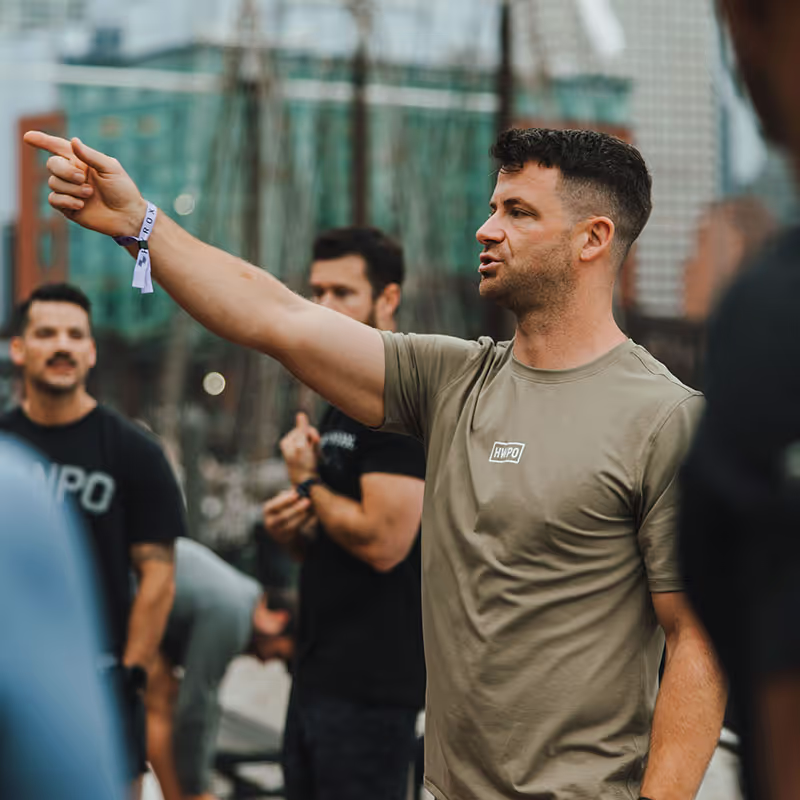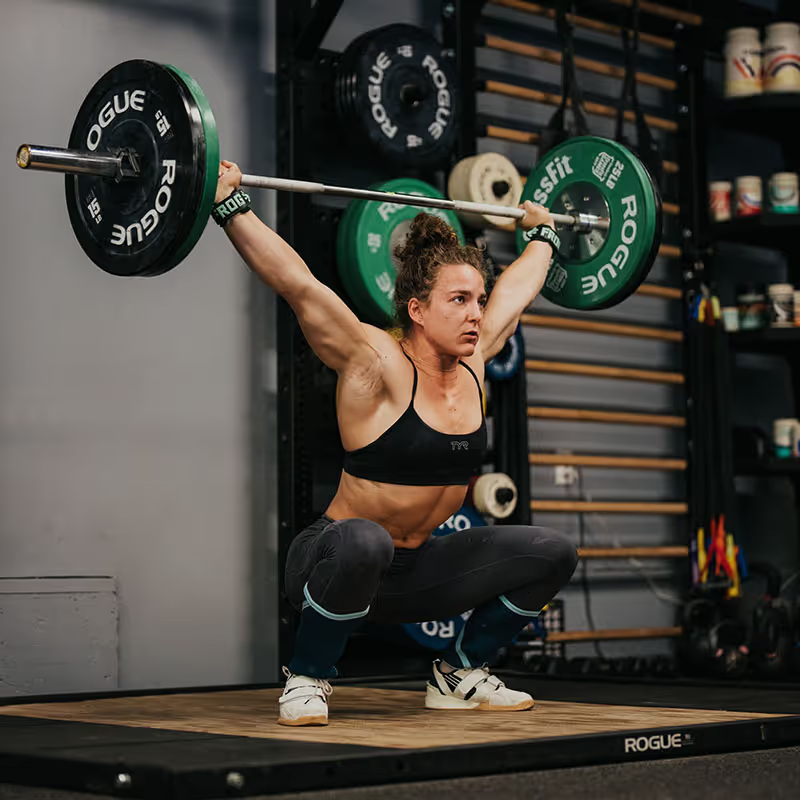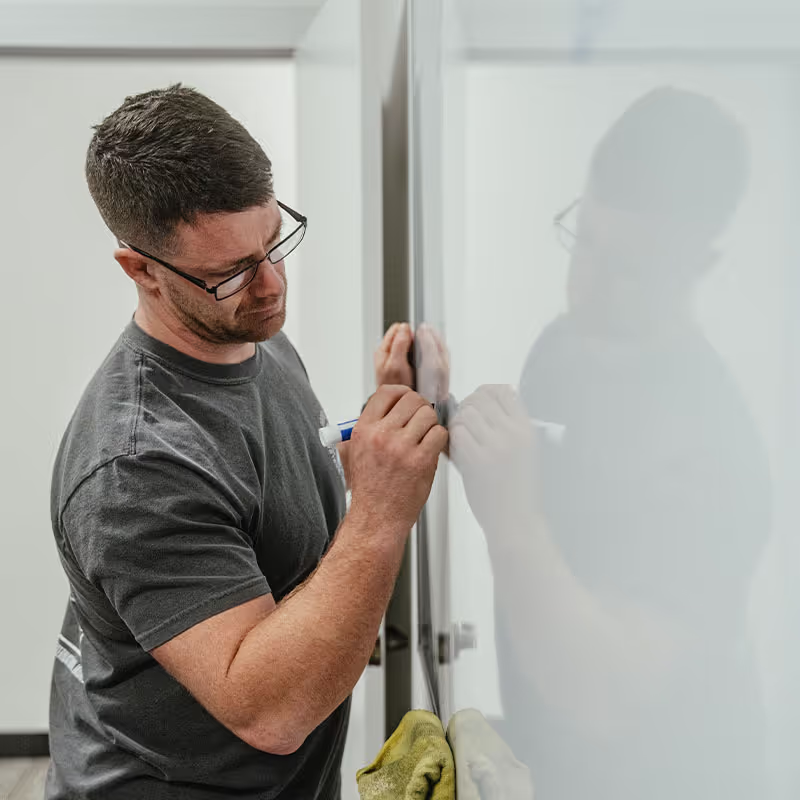How Top Athletes Really Train
Social media shows the highlight reel — big lifts, full-send metcons, flawless performances. But what you don’t see is the years of smart, structured, and disciplined training that build those moments. True progress doesn’t come from pushing to the limit every day; it comes from mastering the work that no one talks about.
Nov 5, 2025
You scroll through Instagram, and you see athletes smashing max lifts in training and in competition; you see your peers and your competition doing it. They’re going full send on metcons, never seeming to tire or their technique fall apart. It seems like they are competition-ready 365 days a year.
What you don’t see or hear about is the work that gives them that perception. What many assume is how they train vs how they should train can be very, very different. Let’s dive in to give you an insight into how top-level athletes really train.
What should be the foundations of an athlete’s training focus
These are the pillars elite athletes build on—often quietly, behind the scenes:
Submaximal training
Not every day is a test. They’re not trying to set new records, hit PRs or leave the gym each day depleted. Hitting high percentages and near maximal loads is necessary, but only if you’ve built up to them. They are the tip of the pyramid in relation to the work done to express that.
The work done at 50-75% is where the foundation is laid to express the maximum effort performances. Without this submaximal training, the performance ceiling will always have a limit. This is where the term “the wider the base, the higher the peak” comes from.
Having 80% of your yearly training in this submaximal zone allows for better recovery, more training volume, conscious technique adjustments without breakdown, and the building of understanding and consistency.
Movement quality training
Carrying on from the submaximal training, a known terminology is the “75% Rule”. This approach believes that once you reach over 75% in the intensity of your effort, you are no longer capable of making conscious decisions around technique and execution of movements. This does have short-term adverse effects on performance because world-class performances should always be a subconscious flow, but to hit the subconscious flow, you need hours and hours, reps and reps of conscious practice to allow for it. This is where balance training to get better and training to be ready to compete comes into play.
Rehab / Prehab
It’s no secret that consistency of training over weeks, months and years delivers results. One of the main barriers to achieving consistency is dealing with injury. The physical limitations and mental battles that come with injury will affect long-term development. This is why the top athletes you see pushing themselves hardest invest in injury prevention and recovery. That means prehab, mobility, soft tissue work, active recovery and corrective exercises. Healing small things before they become big things. Successfully returning from injury usually means a lot of unglamorous rehab work.
Planned maximal effort sessions
You need maximal efforts, heavy lifts, competition lifts, testing workouts, and conditioning benchmarks to push limits, gauge progress, and adapt. But these are planned, timed within the season, and often surrounded with lighter, sub-maximal training and off the back of volume phases. Periodization matters in the maximal effort sessions. They require cycles of preparation, build, peak and then deload to allow for optimal adaptation.
Balancing weaknesses and competition demands
Every athlete has their weaknesses. Whether it’s mobility, strength in certain ranges, particular movements or movement patterns, conditioning time domains or psychology. 80% of the time, the athletes are prioritising their development, which is what is considered the lowest-hanging fruit. Timing when to accept they are done with focussing on weaknesses and when to dial in to get competition ready allows them to continually develop year on year whilst performing well when in the limelight.
Hard work isn’t always going as hard as you can
HWPO doesn’t mean always pushing to failure and always going to the max effort. Quite often, the HARD WORK involves patience, strategy, recovery, and commitment to the cause. Being committed to doing everything you need to do to achieve the goal you said you would achieve. That’s harder than training as hard as you can every single day.
What you see on social media or at competitions is the tip of the iceberg. Underneath is years of what many wouldn’t do but should do: smart submaximal work, rehab and prehab, rest, planning, and weakness balance.



Train like the best
HWPO programs are built with the same principles the pros follow — smart progressions, structured training, and purpose behind every session. Whether your goal is to compete or simply level up your fitness, you’ll find the program that matches your drive.






